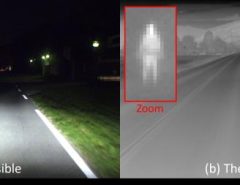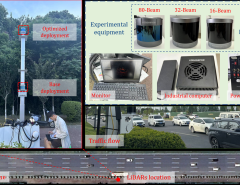FlowVision
Elevator Pitch: Imagine a world where machines understand and predict their environment with precision. FlowVision is making this a reality, revolutionizing how robots, cars, and systems see and interact with the world in real time. From safer autonomous vehicles to more immersive augmented reality experiences, we’re paving the way for a smoother integration of technology into our lives.
Concept
A 3D scene analysis platform leveraging state-of-the-art algorithms for dynamic scene understanding in real time.
Objective
To offer precise and dynamic 3D scene analysis for various industries, enhancing automation and decision-making processes.
Solution
Using an innovative scene flow optimization strategy that ensures multi-body rigidity, FlowVision provides unparalleled accuracy in tracking and predicting 4D trajectories in real-world applications.
Revenue Model
Subscription-based service for enterprises, with tiered plans based on usage and level of detail required. Potential licensing of technology to hardware manufacturers.
Target Market
Automotive (autonomous vehicles), robotics, surveillance, augmented reality, and film production industries.
Expansion Plan
Initially focus on the automotive industry for autonomous vehicle navigation systems, before expanding to robotics and AR applications. Future R&D efforts to adapt the technology for personal consumer usage in smartphones and cameras.
Potential Challenges
High computational resources requirement, technology adaptation curve, and competition from established players.
Customer Problem
Lack of accurate, real-time 3D scene analysis that can understand and predict multi-body dynamics in complex environments.
Regulatory and Ethical Issues
Compliance with data protection regulations (e.g., GDPR) for applications involving surveillance. Ethical considerations in autonomous decision-making systems.
Disruptiveness
FlowVision’s advanced scene understanding disrupts by enabling more accurate, reliable, and safer automation across multiple applications previously limited by technology constraints.
Check out our related research summary: here.




Leave a Reply